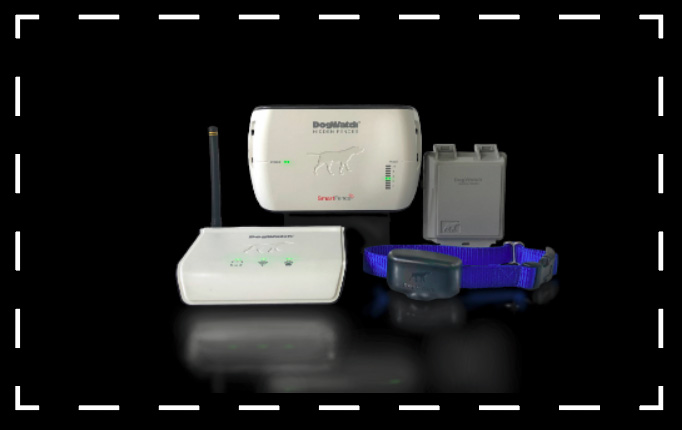The term ‘shock collar’ is often misconstrued with modern-day electronic dog collars, and for obvious reasons. Dog shock collars were introduced in the late 1900s, introducing actual shock therapy to correct problem behaviour. Since then, the dog training collar has evolved to become an innovative training device that no longer delivers harmful shocks but electrical stimulation at safe levels. This modern-day anti-barking collar is deemed the electronic dog collar and, because of terminology, is often confused with antique shock collars. Nevertheless, modern-day anti-barking collars are just as effective, if not more than the pain-inflicting older version, the dog shock collar.
The problem with Misconstruing Dog Shock Collars and Electronic Bark Collars
As mentioned above, dog shock collars and modern-day electronic dog collars are often misconstrued. The problem with this is that people today have an incorrect bias towards safe electronic dog collars in the belief that they are actually shock collars and can harm their pets. Viewing electronic dog collars as outdated shock collars introduces the possibility of an actual shock to a pet, which is defined as “the sudden application of electric current to a living organism with sufficient strength and duration to produce a convulsive or thermal effect (IEC) with injurious exposure consequences (Reilly 1998).” This confusion of a dog actually being ‘shocked’ leads owners to believe something about the function of the modern-day electronic dog collars that is not true. Beyond owners’ personal reservations, the incorrect use of the word shock collars interferes with training literature and studies as people carry a bias about the word shock collar and its applications.
How do Shock Collars and Electronic Dog Collars Function Differently?
So, just how do electronic anti-barking collars function if they are different from dog shock collars? Well, shock collars use outdated technology to pick up on barking (sometimes confused with surrounding noise) to deliver a painful high-voltage electrical shock in such an event.
Electronic collars use electronic stimulation to correct behaviour; this is not to be confused with the electric shock used in shock collars. Electronic stimulation is the use of a human-generated electric current to excite living tissue when delivered. This human-generated electric current is described as a transcutaneous electrical nerve stimulation or TENS and is able to influence sensory receptors and nerves artificially. Unlike the dangerous shock used in shock collars, TENS poses no risk of injury or harm. The artificial stimulation provided by this electric current is able to be altered to safe, appropriate levels for dogs of different breeds, sizes and temperaments.

“Electronic collars have been commercially available since the 1970s and these original devices were relatively primitive. These historic collars did deliver quite substantial currents hence the coining of the term ‘shock’. However, this is not a term which is appropriate to associate with modern electronic collars as the devices have evolved along with understanding of how animals learn to be much milder and more effective systems (CAWC 2012).”
Questioning the Efficiency of Electronic Dog Collars
Once it is understood that electronic anti-barking collars are much safer and operate completely differently from old dog shock collars, we examine their efficacy. Electronic dog collars work undeniably well in correcting nuisance barking, especially where other attempts have failed.
Research confirms time and time again that electronic training collars today do not harm pets when used as directed. Modern electronic dog collars prove themselves to be efficient in training efforts by accelerating the speed at which an animal learns when incentivised. These training devices’ sole purpose is to maximise the welfare of learning dogs while conditioning behaviour faster than possible without their intervention.
When propaganda circulates against the efficacy of the anti-barking collar, it is debunked by peer-reviewed research making it false and of personal opinion only. Those who are against anti-bark collars base their reservations on the welfare of the animal but also do not understand that this is the anti-bark collar’s main focus. Most anti-collarists base their arguments on philosophical beliefs not related to the accelerated learning and enhancement of the dogs overall welfare.
Electronic bark collars prove to be an efficient means of training. We are far from times of primitive inventions that disregarded the welfare of animals, now familiarising ourselves with innovative pet-friendly training devices such as the electronic dog collar. As we continue to propel into the future, we hope the incorrect and confusing term ‘shock collar’ for a much more appropriate, adaptable and safe model is no longer used.
If you would like to discuss the operation of electronic dog collars further, please reach out to the team.



